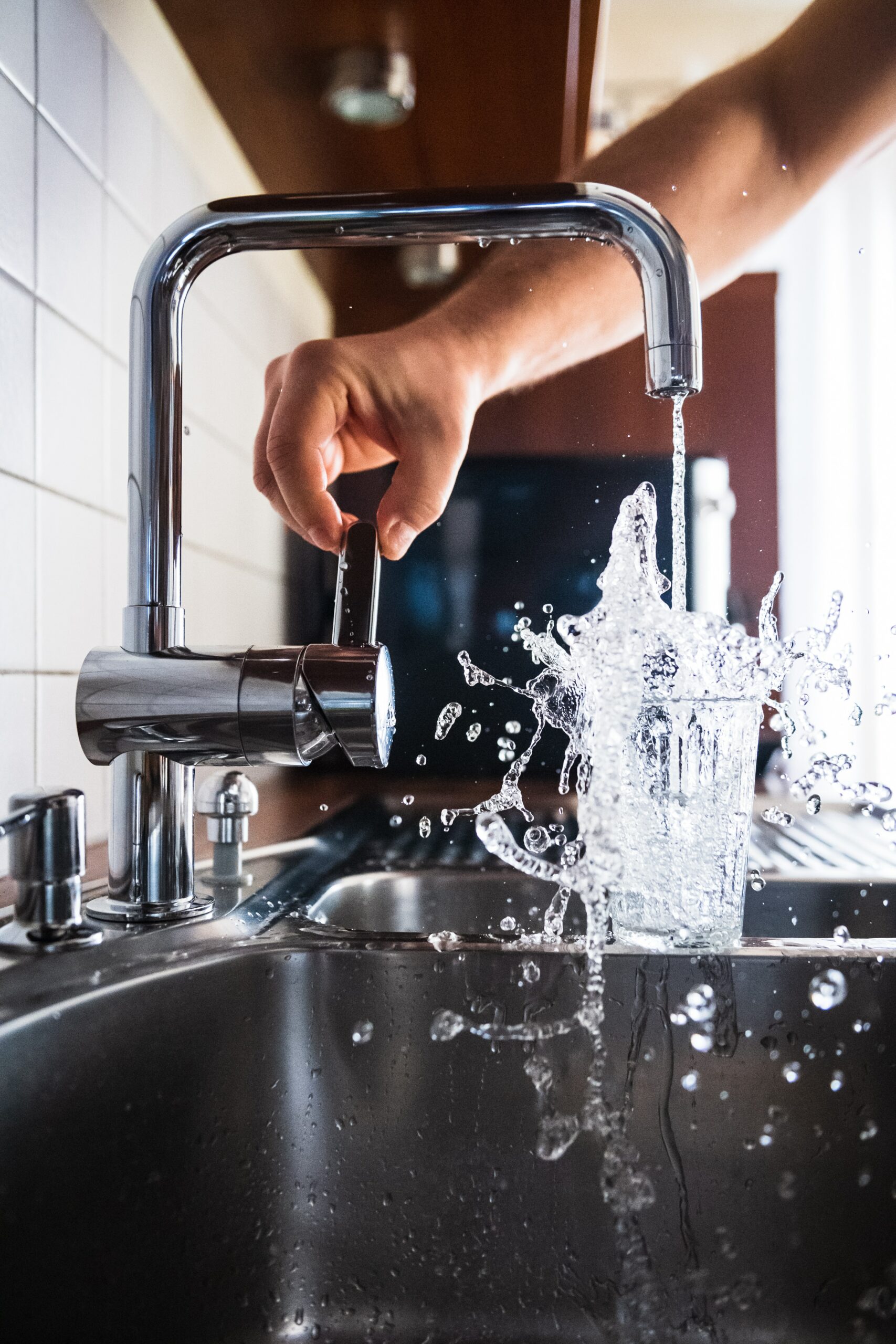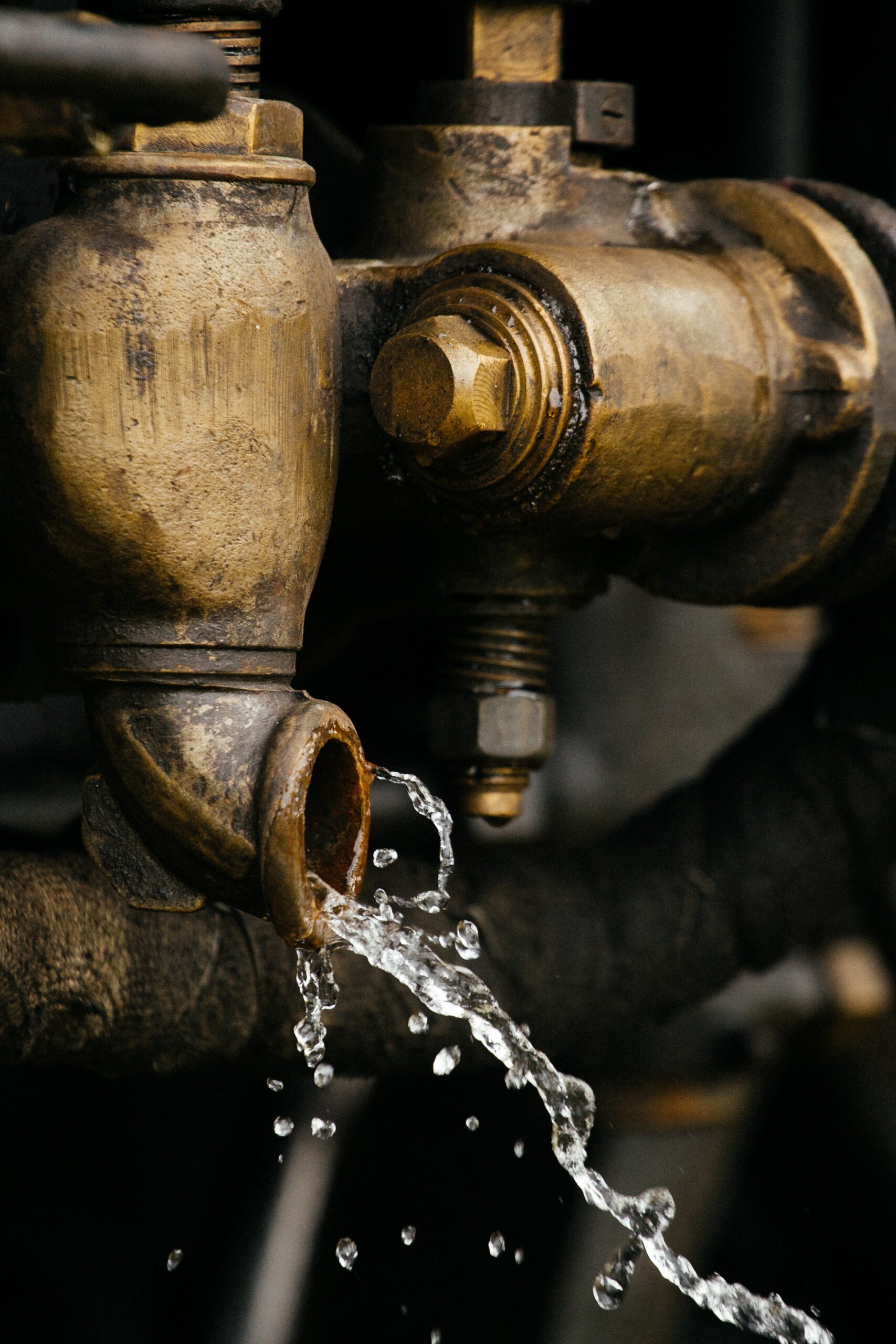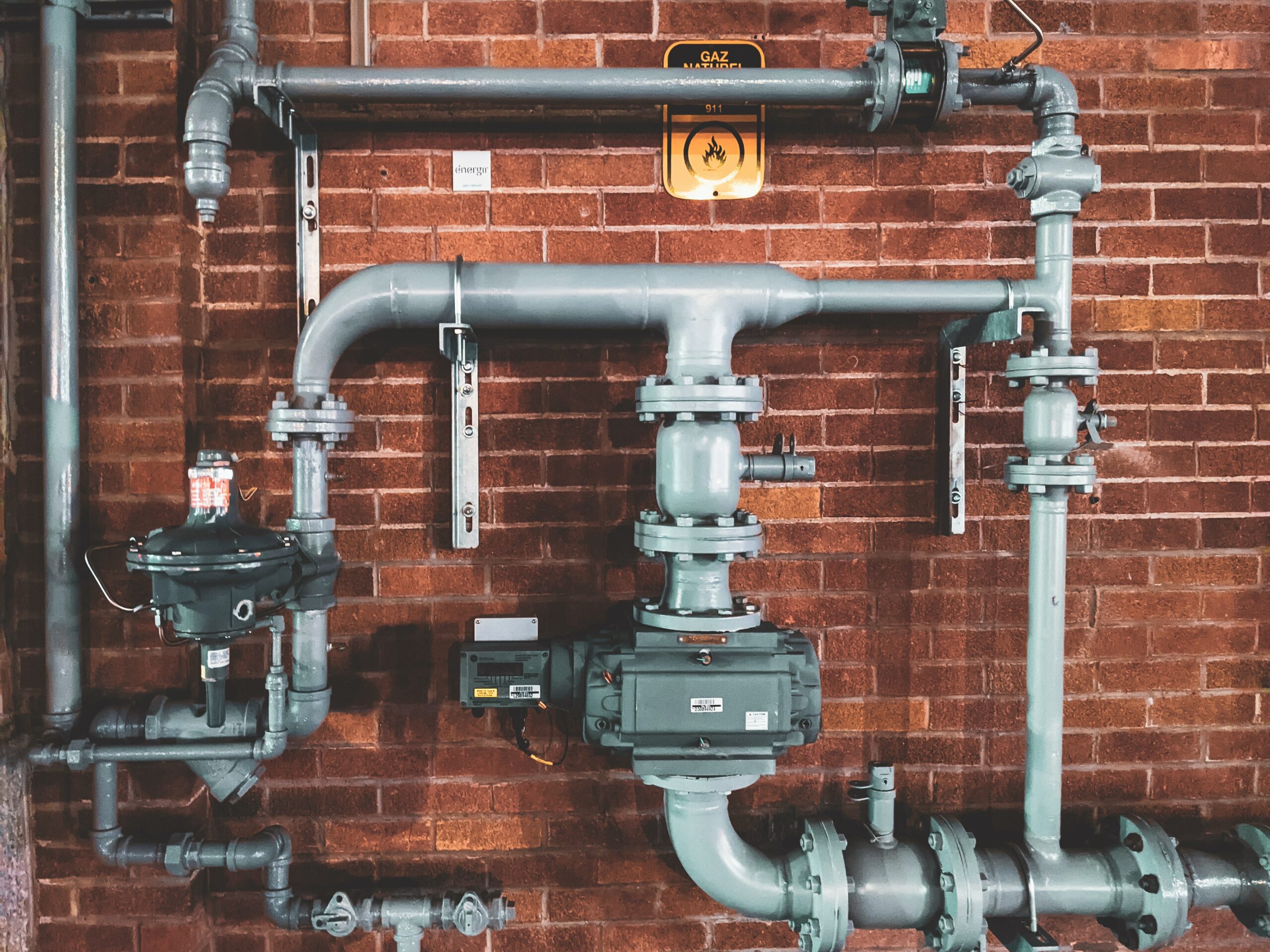Plumbing pipes refer to the system that allows clean water to be delivered to flats and workplaces in a healthy manner and wastewater to be transferred to the sewage system outside the building in a safe manner, as well as all relevant installations. As a result, the term “plumbing” refers to an installation that uses clean water or disposes of wastewater.
Plumbing is really the supply, storing, warming, softening, pressurization, and distribution of water needed for the house, as well as the disposal, treatment, and provision of clear, clean water to the building’s occupants & the prevention of any liquid mixing with this water.
For water usage inside the house, a 25 mm pipe is installed to provide clean water. Based on the number of flats, sewage water pipes with diameters of 100, 125, 150, 200, and 250 are installed to transport the water used in the building to the sewer.
Since plumbing is such an integral part of the infrastructure, it can only be performed by professionals. Since a water leak that occurs later can cause damage to your house, the number of victims is very high.
The following items can be used in a modern sanitary system:

– Providing people with safe, filtered water and preventing any liquid from mixing with it.
– The establishment of an adequate system in terms of the number of instruments, the volume and pressure of the supplied water, and, if possible, water storage.
– This is to ensure that the wastewater disposal system is properly maintained to prevent clogging, pollution, and solid matter accumulation.
– Choosing the right pipe and equipment materials for a long-lasting installation.
– Separating, insulating, and ventilating clean water and wastewater systems properly.
Standards For Plumbing Pipes
– Without mixing with any liquid, clean water enters flats and workplaces.
– Depending on the number of sensors, adjusting the volume and pressure of water
– Continuous wastewater transfer to the sewage system outside the building in a non-harmful manner.
– Selecting and installing pipes in the entire installation in compliance with quality requirements to ensure that the device is not compromised during flexion
As a result, it can be stated as a minimum requirement that odors and insects from the wastewater system do not enter the house and that the pipes do not leak air, gas, or water.
Plumbing Pipes Installation: Things To Keep In Mind

The following points to be considered while installing the plumbing pipes.
- Accessibility
- Aesthetic
- Freezing
- Ram Strike
- Slope
- Noise
- Detection Of Pipes
- Building Situation
- Control Of Water Distribution
Water Leakage: What Is It And Why Is It Important?
It is important to obtain safe, sanitary water from sources such as wells or other locations. Building plumbing can be used in a variety of places. In most cases, these are split into two parts. The parts of clean water installation are cold and hot water installation.
The wastewater installation section is divided into two sections: inside the building wastewater and outside the building wastewater. It is critical, especially in wastewater treatment, to collect used water, transport it to the sewer, and drain rainwater.
It is important that the water is clean, particularly if it is going straight to the sewer. Pipes, in particular, are useful in this situation because they ensure water cleanliness and flow. As a result, people should inspect the water system on a regular basis.
Proficiency in plumbing allows us to build excellence from imperfection. contact us for getting our service.

